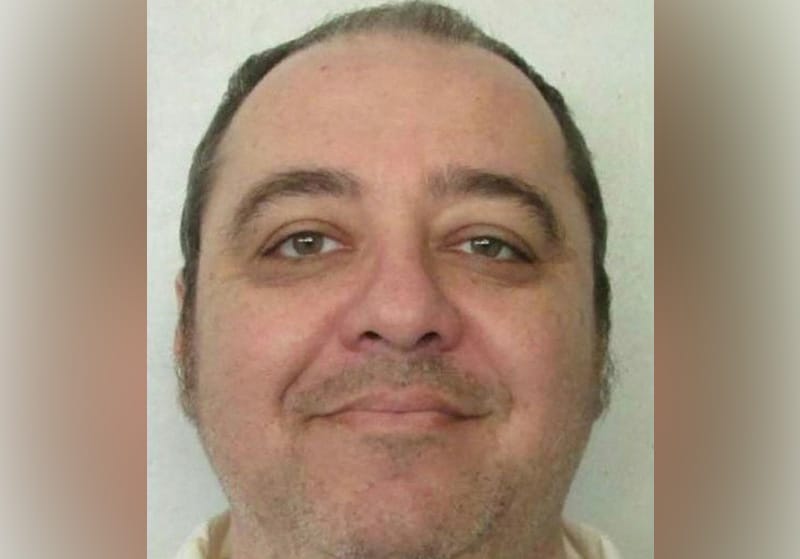
Nitrogen hypoxia forces the person to breathe only nitrogen gas
The US state of Alabama on Thursday used nitrogen gas to put to death a convicted murderer.
It marked the first time that a new execution method has been used in the US since lethal injection, now the most commonly used method.
Kenneth Eugene Smith was executed at Holman Prison in Alabama by nitrogen hypoxia, causing him to suffocate to death.
Alabama is one of three US states that have approved the use of nitrogen hypoxia as a method of execution, along with Oklahoma and Mississippi.
The last US execution using gas was in 1999 when a convicted murderer was put to death using hydrogen cyanide gas.
How Does It Work
Nitrogen hypoxia forces the person to breathe only nitrogen, depriving him or her of the oxygen needed to maintain bodily functions.
In this method of execution, a respirator mask is placed over the inmate’s face, pure nitrogen is pumped into person’s lungs instead of oxygen.
Smith’s execution took about 22 minutes, and he appeared to remain conscious for several minutes.
He began writhing and thrashing for approximately two to four minutes, followed by around five minutes of heavy breathing.
His wife and other relatives attended the execution and he gestured towards them, “I love you.” Five journalists were allowed to watch the execution through glass as media witnesses.
Smith’s last words were, “Tonight, Alabama caused humanity to take a step backward,” according to the CBS, whose reporter witnessed the execution.
Method Decried By Human Rights Advocates
Critics have called the method of execution a “human experimentation”. For months, medical professionals and human rights advocates had argued that Alabama’s efforts to use an untested execution method on Smith amounted to human experimentation.
Ravina Shamdasani, a spokeswoman for the UN rights office in Geneva, urged Alabama last week to abandon the plan to execute Smith using what she called a “novel and untested” method.
The US top court rejected Smith’s last-ditch request to intervene late Thursday. The court’s three liberal justices – Sonia Sotomayor, Elena Kagan and Ketanji Brown Jackson – noted their dissent in the court’s order, which did not explain the majority’s reasoning, The Washington Post reported
Sotomayor called Alabama’s method “untested” and said “the world is watching.” “Having failed to kill Smith on its first attempt, Alabama has selected him as its ‘guinea pig’ to test a method of execution never attempted before,” she wrote.
Smith’s lawyers had told courts they feared the mask would not properly seal against Smith’s face, allowing oxygen to seep in, delaying or even averting the moment of unconsciousness but risking serious brain injury.
The state of Alabama defended the method of execution, claiming it is “perhaps the most humane method of execution ever devised.”
While nitrogen gas had never previously been used to execute humans in the United States, it is sometimes used to kill animals. But experts pointed out that even the American Veterinary Medical Association recommends giving large animals a sedative when being euthanized in this manner.
Who Was Kenneth Eugene Smith
Kenneth Eugene Smith, 58, was on death row for more than three decades after being convicted of the 1988 murder-for-hire of a pastor’s wife.
Smith was subjected to a botched execution attempt in 2022, when prison officials were unable to set intravenous lines to administer a lethal injection. In an interview with National Public Radio in December, Smith had said he was “absolutely terrified” about his upcoming execution and still suffering “trauma” from the previous failed attempt.
“Everybody is telling me that I’m going to suffer,” he had said.
Smith and an accomplice, John Parker, were convicted of the 1988 murder of Elizabeth Sennett for which they were each paid $1,000.
Charles Sennett, who had arranged his wife’s murder, killed himself a week after her death. Parker was executed by lethal injection in 2010.




